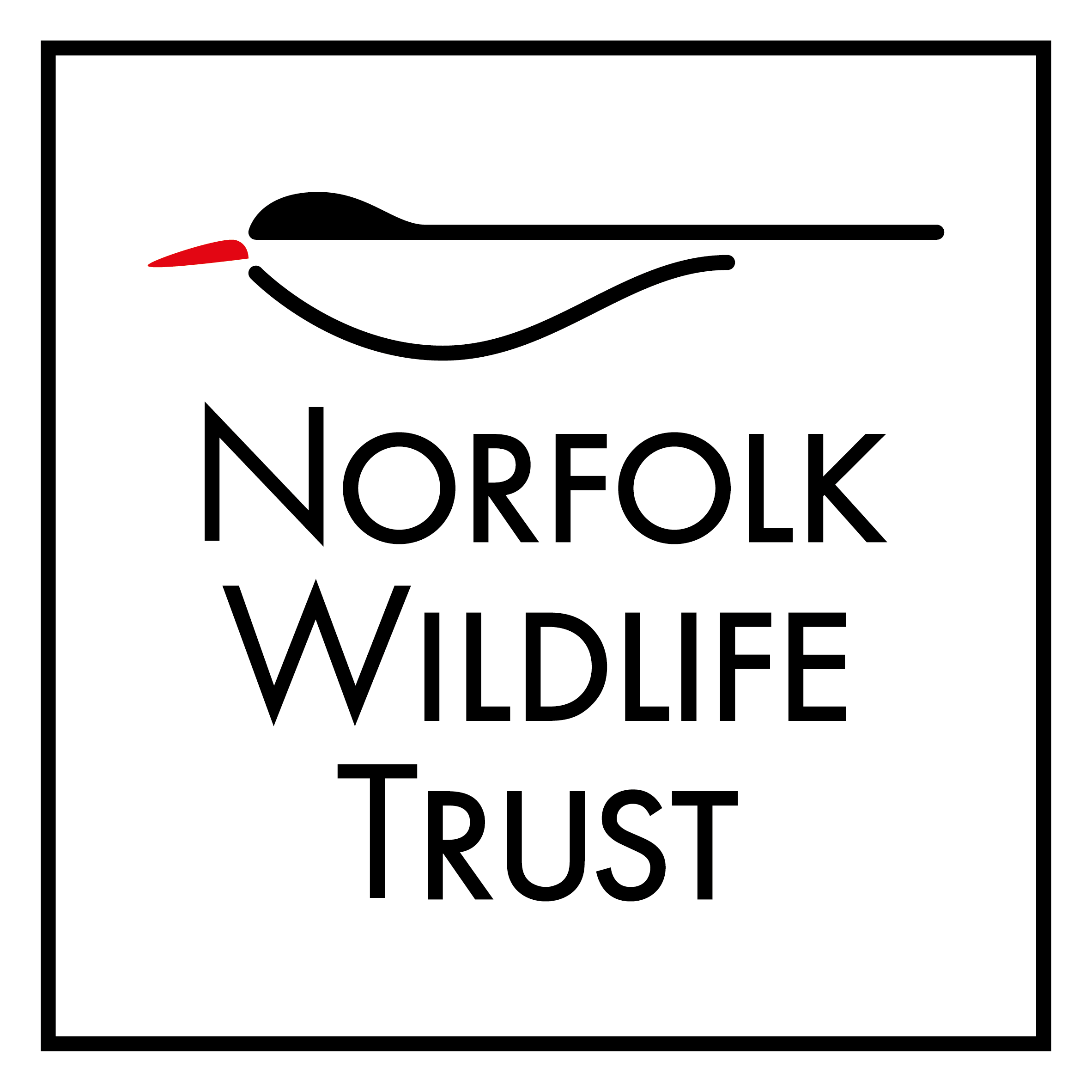Search
Search
Churchyard Conservation Scheme
Globally rare frog to benefit from new Norfolk habitat
We are leading a partnership to protect and expand ancient landscapes in the Brecks to enhance the habitat of the rare northern pool frog.
Nursery web spider
A common spider of heathland and grassland, the Nursery web spider has brown and black stripes running the length of its body. It is an active hunter, only using its silk to create a protective…
We’re partnering with Norfolk Churches Trust on a new Churchyard Conservation Award
The award recognises and rewards outstanding care of Norfolk’s historic churchyards.
New homes for Norfolk’s rarest amphibian
Together with partners, we've provided the perfect habitat for the globally rare northern pool frog!
What a tangled web we weave…
Although much maligned, and often feared, spiders are an essential part of our natural world and indicators of a healthy environment, says Norfolk Wildlife Trust Reserves Officer Robert Morgan.…
Snowdrop
Perhaps the first sign that spring is just around the corner is the snowdrop poking its way through the frosted soil of a woodland, churchyard or garden. From January, look for its famous nodding…
Common frog
Our most well-known amphibian, the common frog is a regular visitor to garden ponds across the country, where they feast on slugs and snails. In winter, they hibernate in pond mud or under log…
Garden spider
Have you ever stopped to look at the shape of a spider web? Garden spiders spin a spiral shaped web, perfect for catching lots of juicy prey!
Yew
The Yew is a well-known tree of churchyards, but also grows wild on chalky soils. Yew trees can live for hundreds of years, turning into a maze of hollow wood and fallen trunks beneath dense…
Our impact
The Impact Report is a short graphical document produced for our members and other stakeholders. The Report & Audited Financial Statements is the more detailed statutory document.
